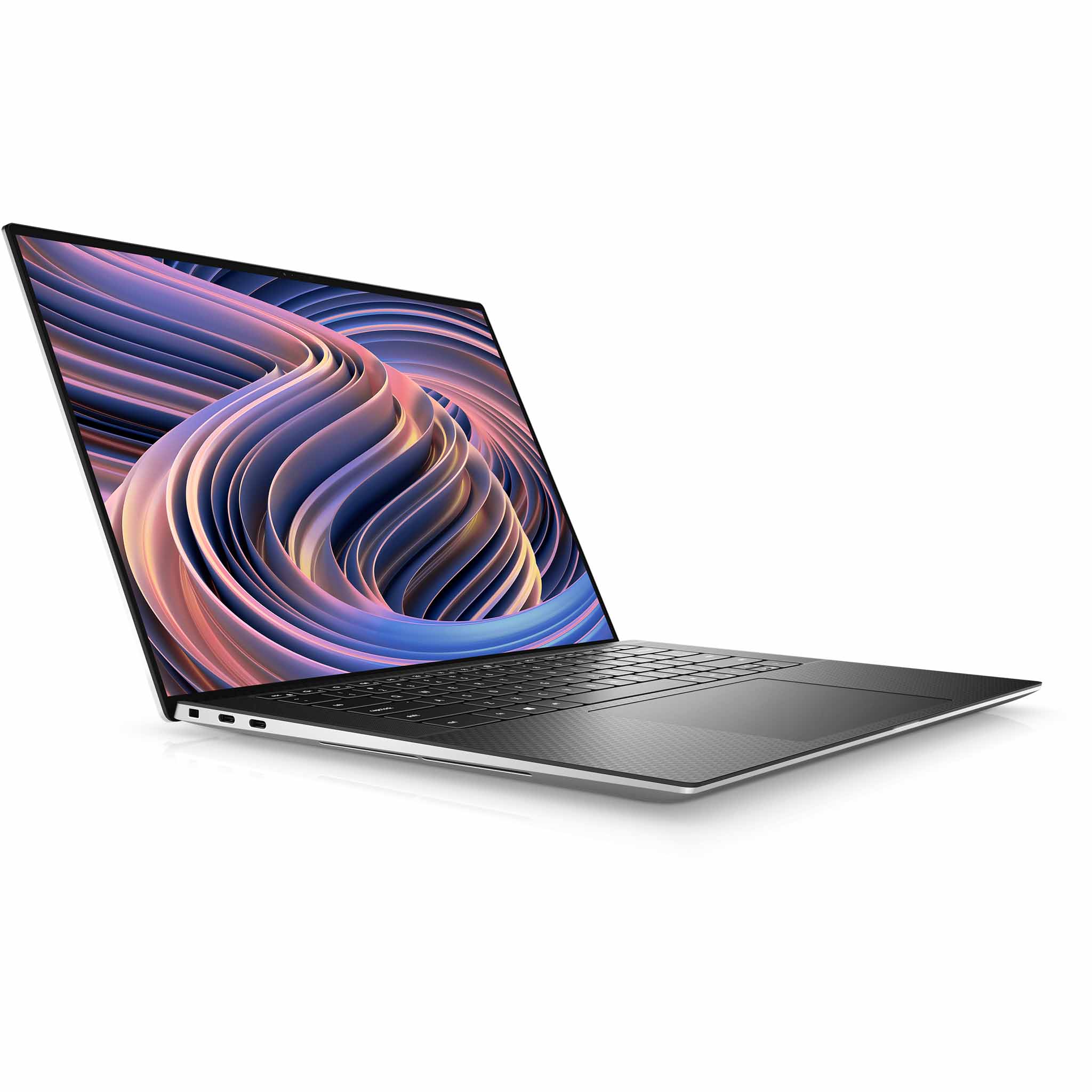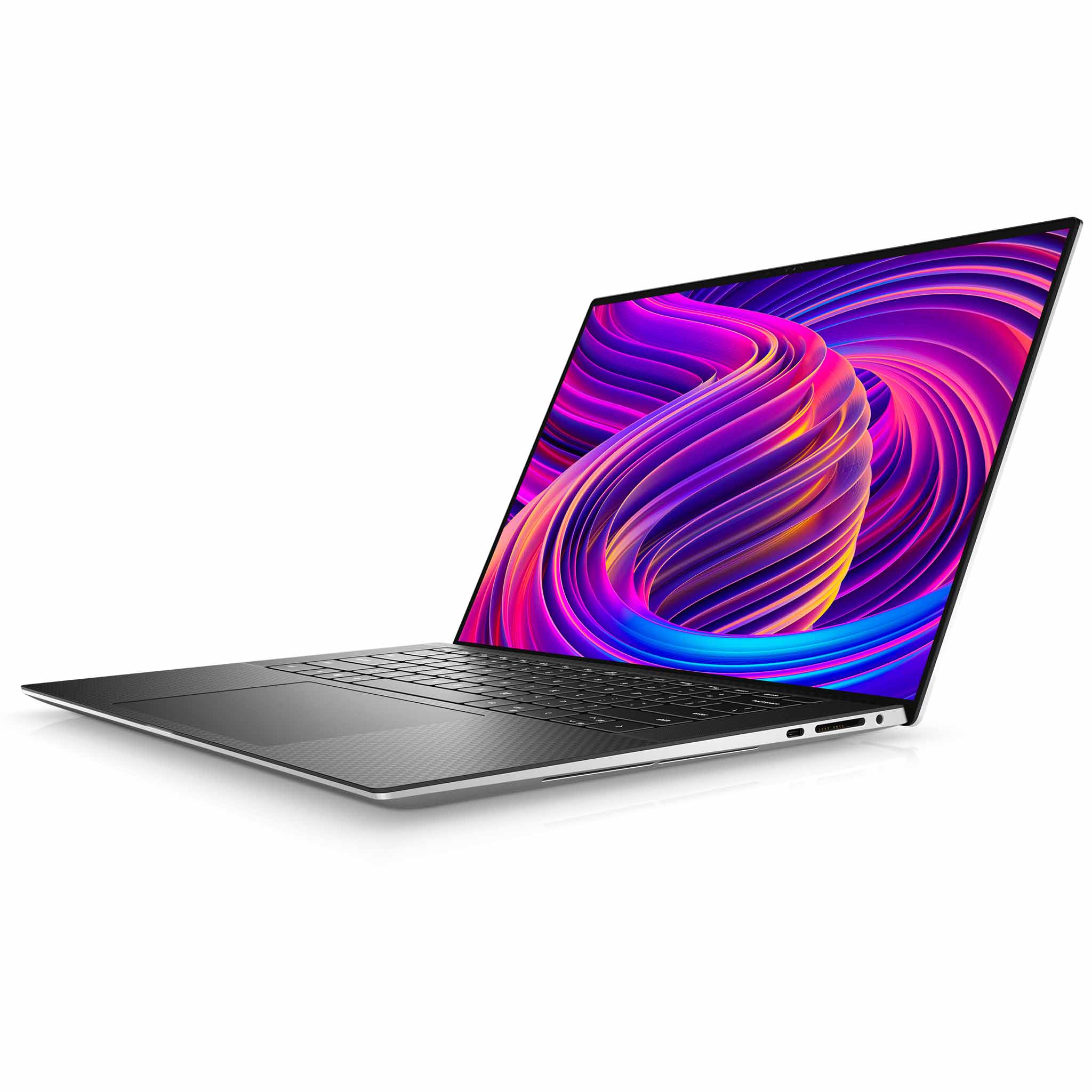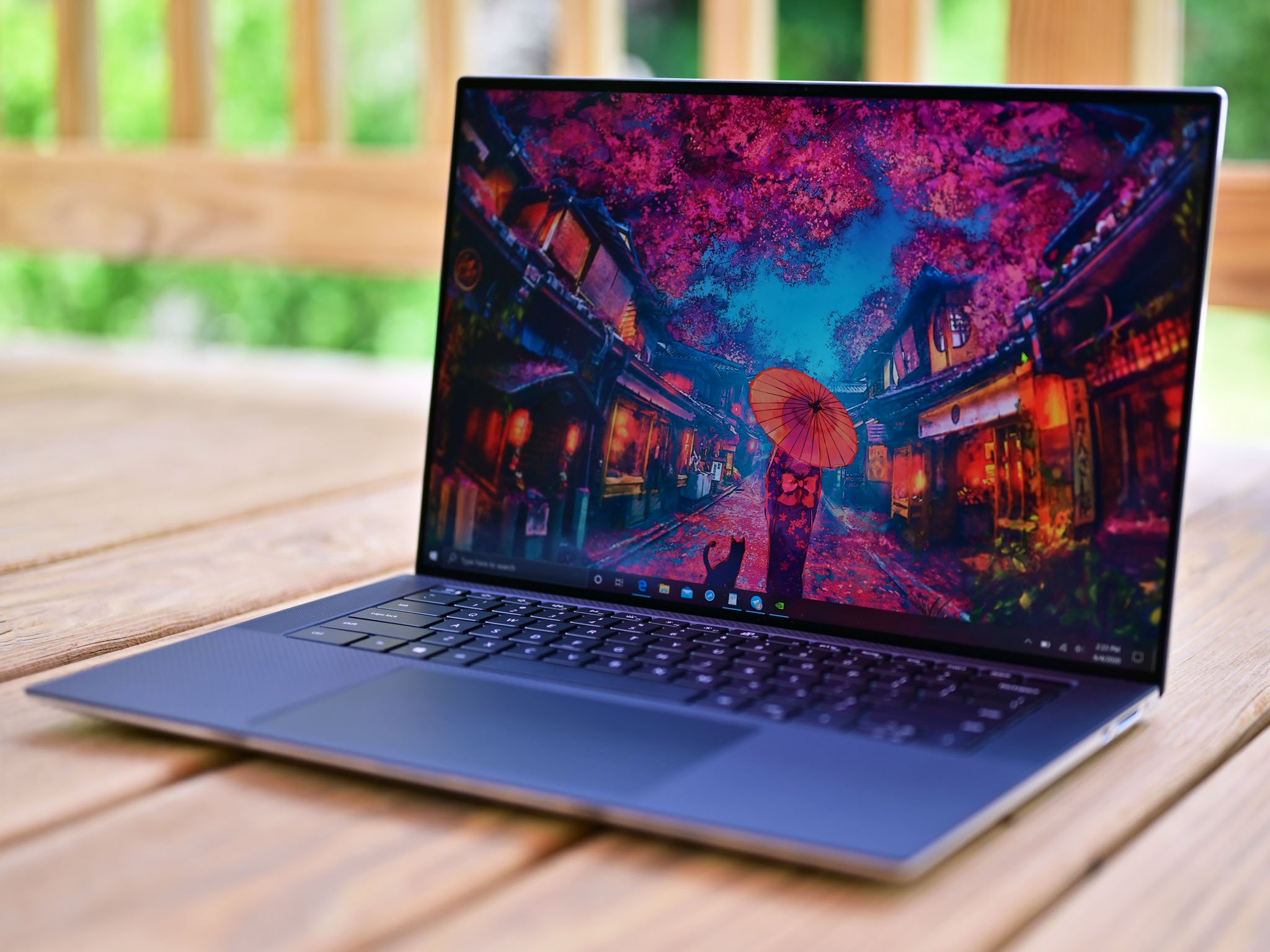Dell XPS 15 9520 vs. 9510
The latest XPS 15 (9520) has taken over for the older 9510 model, but you can still find the latter at plenty of retailers, including Dell. Here's what you need to know.

Dell's latest XPS 15 adds 12th Gen Intel Core H-Series processors, DDR5 RAM, and a new Intel Killer Wi-Fi 6 1675 (AX211) WLAN card to the mix, keeping the same design, display options, and ports as its predecessor. It's the right choice if you want a big boost to performance over the XPS 15 9510's 11th Gen Intel CPUs.
For
- 12th Gen Intel Core CPUs offer superior performance
- Faster DDR5 RAM
- Unreal audio from quad speakers
- Gorgeous display options
- Flawless design
Against
- Generally costs more
- Still no Wi-Fi 6E
- Camera still 720p

Dell's last-gen XPS 15 (9510) comes equipped with 11th Gen Intel Core H-Series CPUs, DDR4 RAM, and an Intel Killer Wi-Fi 6 AX1650 WLAN card. It's not as fast as the XPS 15 9520, but it shares the same design, displays, and ports as the newer version. It won't be as powerful, but you might get one on the cheap as Dell gets rid of older stock.
For
- Outstanding audio from quad speakers
- Gorgeous display options
- Flawless design
- Still powerful
- Might be able to find a great deal
Against
- 11th Gen Intel Core CPUs aren't as powerful
- No DDR5 RAM
The XPS 15 is one of the best Dell laptops available today. It's part of the XPS 13, XPS 15, and XPS 17 trifecta that allows users to get a size and set of hardware suitable for their needs, with each different version of the laptop coming with similar high-end features and overall design.
Dell's latest XPS 15 (9520) isn't a far cry from its 9510 predecessor, but there are some upgrades that might sway you toward the newer model. Take a look at the specs available in each laptop before we go deeper into what sets the two laptops apart.
| Header Cell - Column 0 | Dell XPS 15 (9520) | Dell XPS 15 (9510) |
|---|---|---|
| OS | Windows 11 Home | Windows 11 Home |
| Processor | 12th Gen Intel H-Series | 11th Gen Intel H-Series |
| Row 2 - Cell 0 | Core i5-12500H, Core i7-12700H, Core i9-12900HK | Core i5-11400H, Core i7-11800H, Core i9-11900H |
| RAM | 8GB, 16GB, 32GB, 64GB | 8GB, 16GB, 32GB, 64GB |
| Row 4 - Cell 0 | DDR5-4800MHz | DDR4-3200MHz |
| Graphics | Intel Iris Xe, Intel UHD | Intel UHD |
| Row 6 - Cell 0 | NVIDIA RTX 3050, RTX 3050 Ti | NVIDIA RTX 3050 Ti |
| Storage | 512GB, 1TB, 2TB M.2 PCIe NVMe SSD | 256GB, 512GB, 1TB, 2TB M.2 PCIe NVMe SSD |
| Display | 15.6 inches, 16:10 aspect ratio, Dolby Vision | 15.6 inches, 16:10 aspect ratio, Dolby Vision |
| Row 9 - Cell 0 | 1920x1200 (FHD+), non-touch, anti-glare, 500 nits, 100% sRGB | 1920x1200 (FHD+), non-touch, anti-glare, 500 nits, 100% sRGB |
| Row 10 - Cell 0 | 3456x2160 (3.5K), OLED, touch, anti-reflective, 400 nits, 100% DCI-P3 | 3456x2160 (3.5K), OLED, touch, anti-reflective, 400 nits, 100% DCI-P3 |
| Row 11 - Cell 0 | 3840x2400 (UHD+), touch, anti-reflective, 500 nits, 100% AdobeRGB | 3840x2400 (UHD+), touch, anti-reflective, 500 nits, 100% AdobeRGB |
| Ports | Two Thunderbolt 4, USB-C 3.2 (Gen 2), 3.5mm audio, SD card reader | Two Thunderbolt 4, USB-C 3.2 (Gen 2), 3.5mm audio, SD card reader |
| Audio | Dual 2.5W woofers, dual 1.5W tweeters | Dual 2.5W woofers, dual 1.5W tweeters |
| Wireless | Intel Killer Wi-Fi 6 AX1675, Bluetooth 5.2 | Intel Killer Wi-Fi 6 AX1650, Bluetooth 5.1 |
| Camera | 720p, IR | 720p, IR |
| Security | Fingerprint reader, IR camera | Fingerprint reader, IR camera |
| Battery | 86Wh | 86Wh |
| Dimensions | 13.56 x 9.06 x 0.73 inches | 13.57 x 9.06 x 0.71 inches |
| Row 19 - Cell 0 | (344.4mm x 230mm x 18.5mm) | (344.7mm x 230mm x 18mm) |
| Weight | From 4.06 pounds (1.84kg) | From 3.99 pounds (1.8kg) |
What's different in the XPS 15 (9520)?
Why you can trust Windows Central
In his XPS 15 (9500) review, Executive Editor Daniel Rubino called it a "near-perfect relaunch of the iconic powerhouse laptop." This relaunch included a new 16:10 aspect ratio for the display, thinner chassis, larger keycaps and touchpad, quad speakers, a fingerprint reader, and an updated selection of ports.
These changes have carried over through the 9510 and 9520 models, with Dell focusing more on refining performance through updates to processors (CPU) and memory for the later generations. The XPS 15 (9510) is equipped with Intel's 11th Gen H-Series CPUs, DDR4 RAM, optional discrete NVIDIA RTX 3050 Ti GPU, and M.2 PCIe 3.0 SSD storage. It's a powerful PC geared toward creators who need the extra performance to run specialized software.
Intel's 12th Gen Core H-Series CPUs in the XPS 15 (9520) bring a considerable performance boost over the 9510 model's 11th Gen chips.
The XPS 15 can also handle some gaming, though its thin chassis isn't exactly ideal for lengthy play sessions where heat becomes an issue. You'd be better off checking out our roundup of the best gaming laptops if you only plan on having fun.
The XPS 15 (9520) got a significant performance boost by way of Intel's 12th Gen Core H-Series CPUs. Speaking generally, these chips can deliver anywhere from about 15% to 30% better performance over the 11th Gen CPUs depending on the task at hand, which is quite impressive. The addition of new DDR5-4800MHz RAM in the 9520 (compared to DDR4-3200MHz in the 9510 model) further boosts performance. However, the RTX 3050 Ti Laptop GPU is no faster in the 9520 model, nor is the M.2 PCIe SSD storage.
One other change in the XPS 15 (9520) is the WLAN module. It's now Intel Killer Wi-Fi 6 AX1675 (compared to Intel Killer Wi-Fi 6 AX1650 in the 9510 model) , which theoretically should support Wi-Fi 6E and the 6GHz band. However, it's still stuck strictly on Wi-Fi 6 due to some decision by Dell, making this a moot point.
Similar features between XPS 15 models

The XPS 15 (9520) otherwise has the same great keyboard, massive touchpad, 720p camera with IR for Windows Hello, fingerprint reader, and port selection as the older 9510 model. You get two Thunderbolt 4, one USB-C 3.2 (Gen 2), a 3.5mm audio jack, and an SD card reader. Audio is outstanding, with dual woofers and dual tweeters splitting space above and below the chassis. Speakers flank the keyboard, making good use of extra space and delivering unmuffled sound even when the PC is in your lap.
Display options have not changed either between models. All have a taller 16:10 aspect ratio and Dolby Vision for supported content. There's a "basic" FHD+ non-touch screen with anti-glare finish, 500 nits brightness, and 100% sRGB color. Stepping up, the 3.5K OLED touch display is ideal for those who want the best color and contrast possible. It has an anti-glare finish, 400 nits brightness, and 100% DCI-P3 color. Finally, the UHD+ touch display has an anti-reflective finish, 500 nits brightness, and 100% AdobeRGB color. Check out our XPS 15 FHD+ vs UHD+ display article for more information about all three screens.
Dell's current XPS 15 (9510) stock at its official website is dwindling, but there are still third-party retailers selling models with different displays and performance hardware. The most affordable XPS 15 (9520) with a Core i5 CPU and integrated graphics currently sits at about $1,420 at Dell's website. If you don't mind losing out on some of that extra CPU performance from Intel's 12th Gen chips, an XPS 15 (9510) can generally be had for less money.
You might even be able to upgrade to an 11th Gen Intel Core i7 or Core i9 CPU for the same price you'll pay for a 12th Gen Core i5 in the XPS 15 (9520).

The XPS 15 (9520) is the most recent and most powerful option from Dell, but it will cost more than the older model. If you need the most power and have the budget, this is the way to go.

The XPS 15 (9510)'s 11th Gen Intel Core CPUs aren't as powerful as those in the 9520 model, but you can no doubt find this laptop at a more affordable price (at least while stock lasts). If you don't mind missing out on some raw CPU power, this is still a great option with many identical features and display options.
Get the Windows Central Newsletter
All the latest news, reviews, and guides for Windows and Xbox diehards.

Cale Hunt brings to Windows Central more than eight years of experience writing about laptops, PCs, accessories, games, and beyond. If it runs Windows or in some way complements the hardware, there’s a good chance he knows about it, has written about it, or is already busy testing it.
